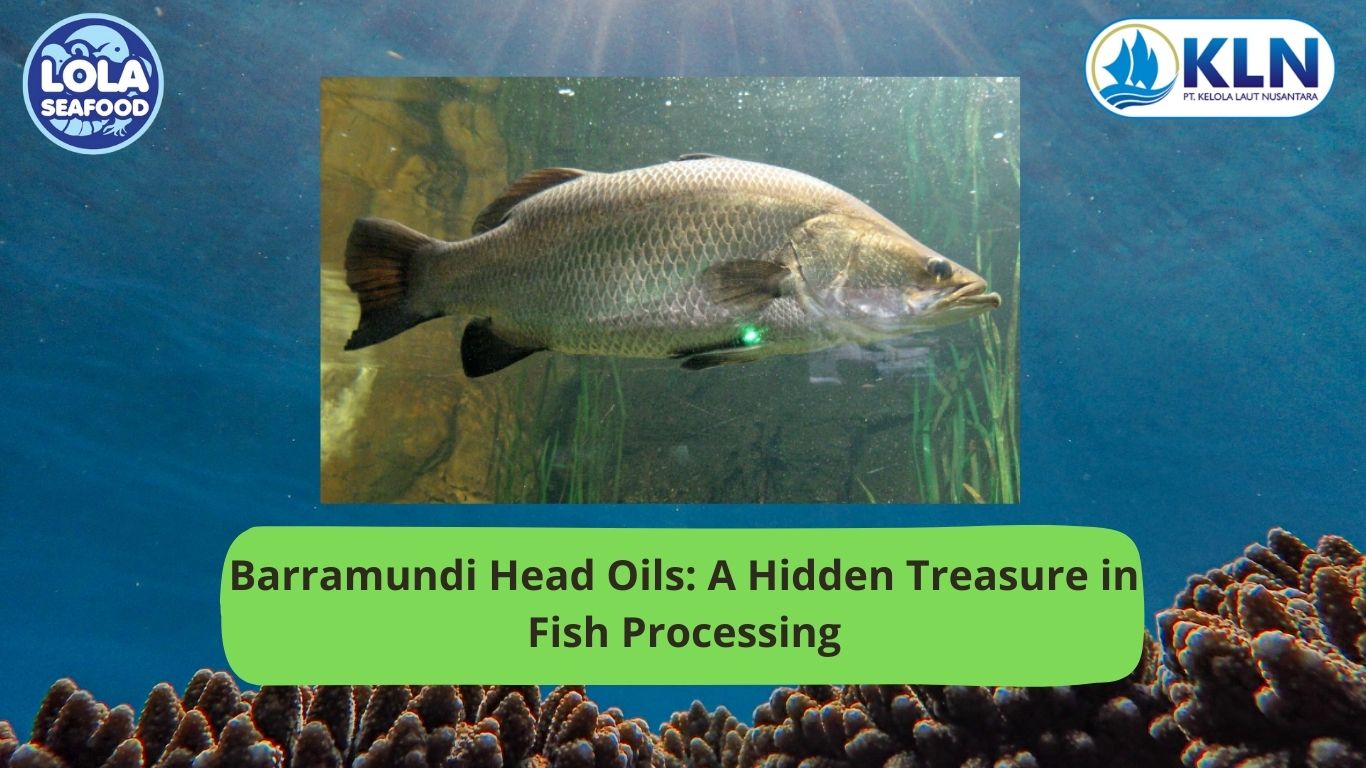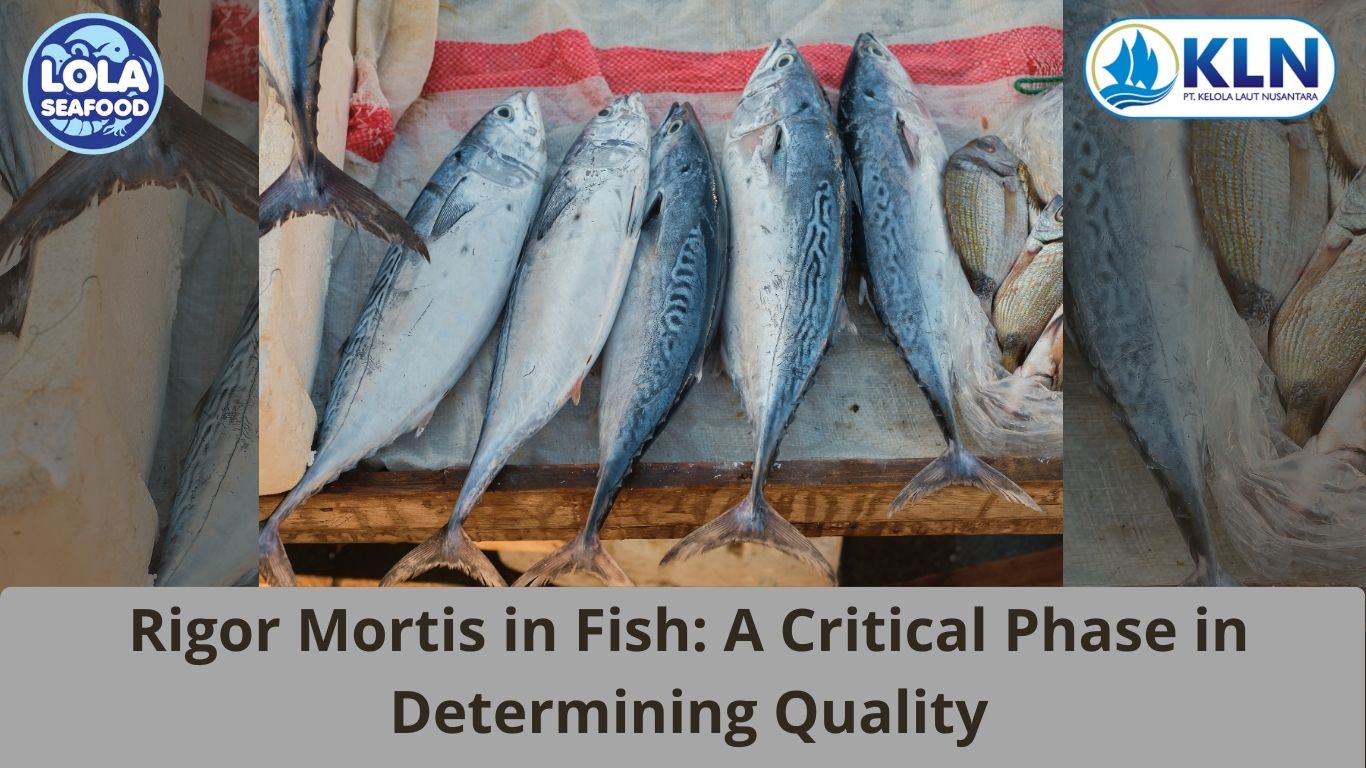How Quota Systems Prevent Overfishing and Secure Processing Supply Chains
By. Fajar - 25 Sep 2025
Kelolalaut.com In the global fishing industry, sustainability and efficiency are two goals that must go hand in hand. Without sustainability, fish populations risk collapse; without efficiency, fish processing industries cannot maintain steady production. One of the most significant tools used to strike this balance is the fishing quota system. By controlling how much fish can be harvested, quota systems not only protect marine ecosystems but also help ensure that fish processing industries have a reliable and consistent supply chain.
Understanding Fishing Quotas
Fishing quotas are regulatory limits set by governments or international bodies that determine the maximum amount of a specific fish species that can be caught within a given period. These limits are usually based on scientific assessments of fish stocks, growth rates, and ecosystem needs.
For example, if scientists find that a fish population is declining, they may recommend reducing the quota to allow stocks to recover. On the other hand, when populations are healthy, quotas may be adjusted upward to support economic activity.
Preventing Overfishing
Overfishing is one of the most critical threats facing global fisheries. When fish are harvested at a rate faster than they can reproduce, entire populations can collapse, leading to ecological and economic disasters. Quota systems directly address this issue by setting catch limits that align with sustainable stock levels.
By keeping harvest levels within ecological boundaries, quotas help:
- Maintain biodiversity in marine ecosystems.
- Support long-term fish population recovery.
- Reduce illegal and unregulated fishing practices.
This ensures that fishing communities and processing industries do not face sudden shortages caused by depleted resources.
Securing the Processing Supply Chain
Fish processing industries rely heavily on consistent supply. Factories, workers, and global buyers depend on steady inflows of raw fish to produce fillets, frozen seafood, canned products, and by-products. Without regulation, fishing activities might lead to boom-and-bust cycles where an abundance of fish is followed by scarcity.
Quota systems stabilize this process by:
- Ensuring Steady Supply – Controlled harvest levels reduce sharp fluctuations in fish availability.
- Improving Planning and Efficiency – Processing companies can forecast production schedules based on expected quotas.
- Supporting Market Stability – With predictable volumes of fish, prices in domestic and international markets remain more stable.
In this way, quotas not only protect marine life but also safeguard the economic backbone of processing industries.
Global Examples of Quota Success
Several countries have demonstrated the benefits of quota systems in both conservation and processing supply chains.
- Norway and Iceland: Both nations use science-based quotas that have allowed them to sustain cod, haddock, and herring stocks while ensuring strong export-oriented processing industries.
- New Zealand: The Quota Management System (QMS) introduced in 1986 is one of the most advanced in the world, combining ecological sustainability with economic incentives for fishing companies.
These models have shown that quota systems can create a balance between environmental stewardship and industrial success.
Challenges in Implementation
Despite their benefits, quota systems are not without challenges:
- Enforcement Issues – Illegal, unreported, and unregulated (IUU) fishing still threatens sustainability.
- Equity Concerns – Small-scale fishers sometimes feel disadvantaged compared to larger corporations that can buy or lease quotas.
- Climate Change – Shifting fish populations due to warming oceans may require constant adjustment of quota policies.
Addressing these challenges requires international cooperation, technological innovation (such as satellite monitoring), and adaptive management strategies.
Looking Ahead
For the fish processing industry, the role of quotas goes far beyond numbers. They act as a safety net that ensures factories do not face raw material shortages while protecting marine ecosystems for future generations. As consumer demand for sustainable seafood grows, quota systems will become even more essential in linking environmental responsibility with industrial reliability.
Fishing quotas are more than just regulatory limits—they are strategic tools that balance environmental sustainability with economic security. By preventing overfishing, quotas protect marine ecosystems. By stabilizing supply chains, they safeguard fish processing industries. The success of these systems proves that with proper management and enforcement, it is possible to achieve both healthy oceans and thriving.
If youre interested in our Giant Trevalley Whole Round and Giant Trevalley Fillet Skin On please do not hesitate to contact us through email and/or Whatsapp

.jpg)
.jpg)
.jpg)
.jpg)

.jpg)
.jpg)